In 1928, in his book Van Gogh und Wir (‘Van Gogh and Us’), the German artist Hans Purrmann reflected ‘Paintings by Van Gogh remained unknown to us for a long time.’ He continued, ‘Art in those days was not yet a subject for book publishers; in Germany as well as in France, publicity was totally unavailable to aspiring artists […]; books and picture reproductions were hardly ever published.’ We forget, in our image-laden era, just how recent a phenomenon art books are, with their true-colour reproductions of both old and contemporary works of art. We also forget just how essential they are, not just for the pleasure of the general public, but as a source of inspiration for artists and to encourage new generations of collectors and art historians.
One key factor in this progress was the founding of Phaidon Press in 1923, in Vienna by Dr Bela Horovitz and Ludwig Goldscheider. At first, the press focused on books about literature, philosophy and history, but in the 1930s they began to produce books about art – illustrated art-historical editions about the Old Masters. In 1936, however, Phaidon embarked on perhaps the most ambitious and risky venture of its history, with the publication of the first of its beautiful, large-format, but affordable monographs of major artists, choosing Vincent van Gogh as the first subject. These were idealistic publications, linen bound to keep down costs, designed to attract a broad public, with high production values and insightful essays by leading scholars. Goldscheider, an art historian and designer who took a close interest in the entire series as it emerged during the 1930s, ’40s and ’50s (and wrote several of them), chose the 104 reproductions, 13 of them in colour, for this first volume. According to legend, the entire edition sold out in two days.
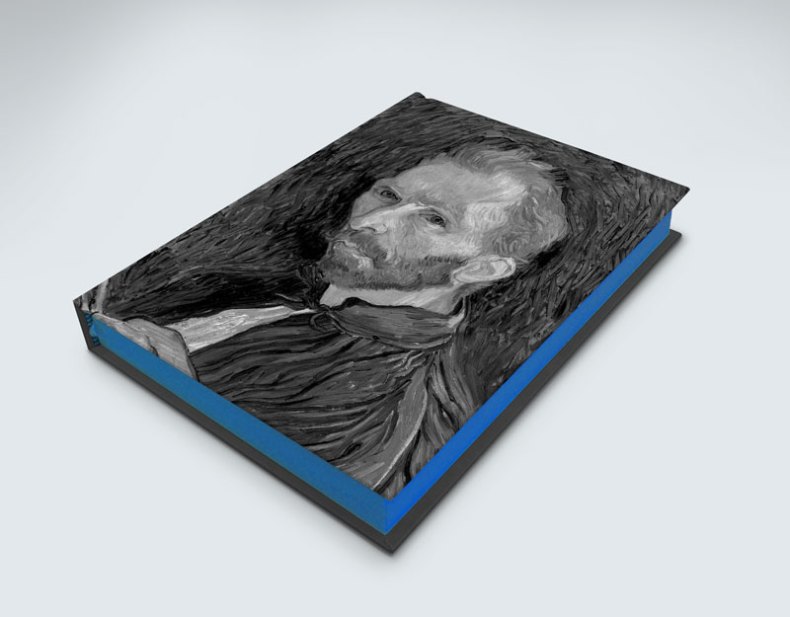
Van Gogh. Image courtesy Phaidon
Last year Phaidon embarked on a major project to produce a new series of ‘Phaidon Classics’, inspired by those originals. Elegantly produced, with large colour plates of all the major works, they come with retro black and white covers to the familiar sandy coloured linen hard-back binding. Bright colour edging differentiates the volumes: 2015 saw the publication of Van Gogh, Rembrandt and Raphael; this year, Botticelli, Vermeer and Renoir have followed. While no longer eminently affordable (the volumes are £95 each), they will not break the bank.
A major decision has been to update the selection of images and the catalogue notes, but to retain the original essays, adding instead a preface by a contemporary scholar. What you get, therefore, besides a beautiful book, is a fascinating dialogue between quite different styles of address to the art-loving audience. This is an astute move. Even for those who have not grown up with some access to those original volumes – on the bookcases of their grandparents, in libraries, or stumbled upon in second hand book shops – the early essays have an appealing idiosyncracy and freedom of approach markedly different from the careful academic prose of much contemporary art-historical writing. We are plunged, through these thoughtful, eloquent texts, not just into the artist’s life but into the history of his (always!) reception, and so are offered a kind of binocular vision of the artist’s work and its significance.
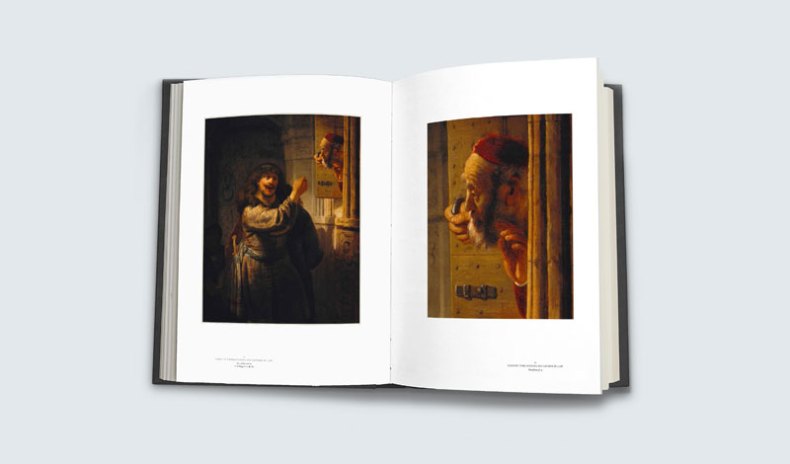
Rembrandt. Image courtesy Phaidon
The essay about Van Gogh by art critic, dealer and collector Wilhelm Uhde, for instance, offers us the opinion of someone who witnessed the rapid rise of Van Gogh’s reputation in the 20th century. It was published when interest in the painter’s tragic life and intense artworks was at a height. His correspondence with his brother, Theo, had been published in Dutch and German in 1914; Irving Stone’s ardent novel, Lust for Life, was published in 1934; and a blockbuster exhibition of Van Gogh’s work was launched by New York’s Museum of Modern Art in 1935. The opening paragraph of Uhde’s essay epitomises his own romantic approach: ‘His story is not that of an eye, a palette, a brush, but the tale of a lonely heart that beat within the walls of a dark prison, longing and suffering without knowing why, until one day, it saw the sun, and in the sun recognised the secret of life. It flew towards the sun and was consumed in its rays.’ In fact, the essay does contain analysis both of his palette and his brush, but through the lens of his life. And while this may not accord with more contemporary, analytic critical approaches, Uhde’s poetic evocation does justice to Van Gogh’s own embrace of Zola’s definition of art: ‘a corner of nature seen through a temperament.’
In his volume, Tancred Borenius – a Finnish art historian, first professor of art history at University College London, and a founder of Apollo – gives us a bold historical account of Rembrandt, placing him in relation to Italian baroque artists, and representing his career as ‘one great crescendo, so that one may claim that the latest Rembrandts are the finest of all.’ In both instances, the contemporary prefaces help place these earlier popular introductions, without undermining their authority. Indeed, both Louis van Tilborgh, senior researcher and professor of art history at the University of Amsterdam, and the late Walter Liedtke, curator of European painting at the Met, acknowledge that, contrary to Walter Benjamin’s fears, it was art books just like these, with their eloquent introductions and many reproductions, that first ignited their love of art.
Unlimited access from just $16 every 3 months
Subscribe to get unlimited and exclusive access to the top art stories, interviews and exhibition reviews.

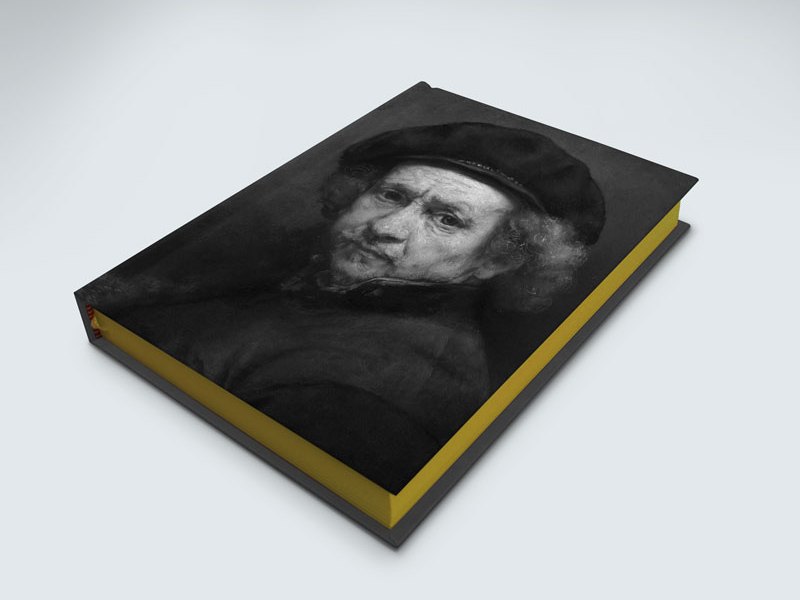
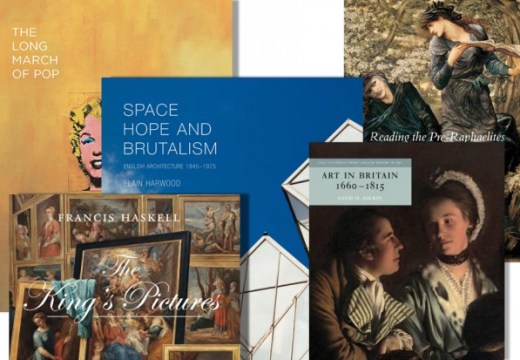
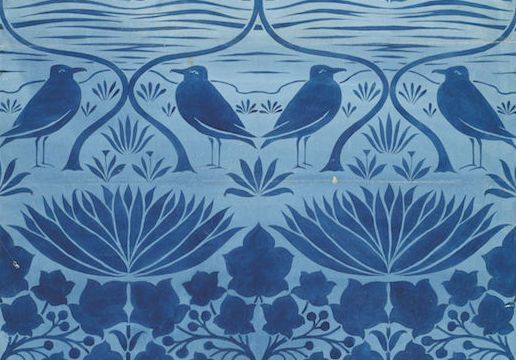
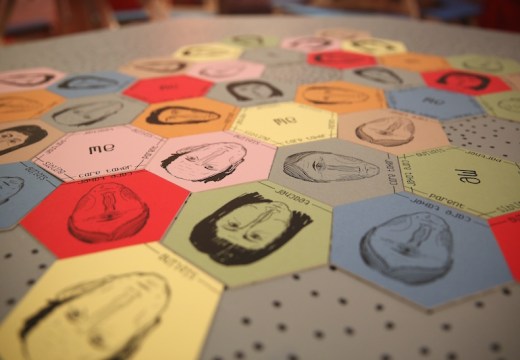









![Masterpiece [Re]discovery 2022. Photo: Ben Fisher Photography, courtesy of Masterpiece London](http://www.apollo-magazine.com/wp-content/uploads/2022/07/MPL2022_4263.jpg)
Has the Fitzwilliam lost the hang of things?